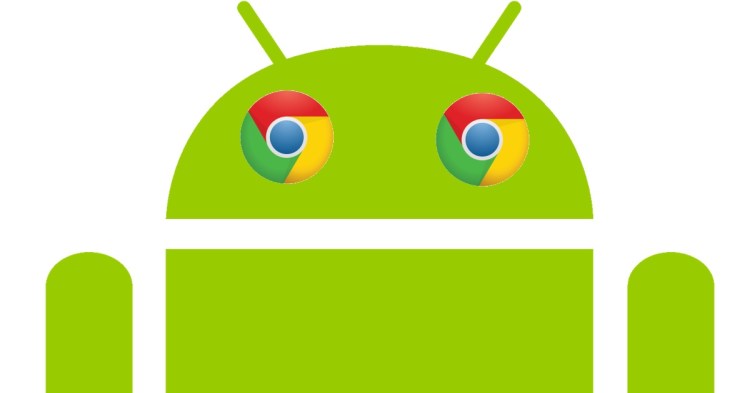The big news of the week: Google is reportedly looking to merge Chrome OS into Android. Android and Chrome OS SVP Hiroshi Lockheimer has responded to the reports by saying that Google is “very committed to Chrome OS.” Here we go again.
Lockheimer didn’t deny that Chrome OS will be merged into Android.
We can speculate for days about what exactly this would look like, but the reality is Google will continue bringing Chrome OS features to Android, and vice versa. This is something we’ve seen happening for years, and Google hasn’t been hiding that it wants the two platforms to converge. Yet there’s only one feature that I’m interested in seeing: Chrome OS-like updates for Android.
The way Chrome OS is updated (rolling releases via quick patches) may be extremely difficult to bring to Android, but it’s sorely needed.
Everything else is irrelevant. Many Chrome OS features are already available in Chrome (including on Android), Google already has Android apps running on Chrome OS, and the two operating systems already regularly borrow from, and talk to, each other.
It’s unlikely Android will get release channels like Chrome and Chrome OS: Stable, Beta, Developer, and Canary. But Android would benefit a lot from more regular, small updates. This would, of course, occur while your device is not being used, is plugged in, and is connected to Wi-Fi.
Everyone is well aware that new Android versions take very long to reach existing devices, if they do at all. Carriers delay the process for technical reasons, but mainly because they want you to buy a new device, not get more features and improvements on your existing one. The same is true for many device makers and manufacturers.
There are countless examples of this, but the most recent statistic summarizes the problem well: It took Android Lollipop 10 months to hit 20 percent adoption. That’s abysmal, and it happens with every single Android release.
Google has somewhat addressed the problem by shoving many features, especially the ones developers need to make better apps, into Google Play Services. Because this is an app, the APK is distributed via the Google Play store, meaning updates are sent down to Android users without anyone but the user being able to stop them.
Google also has a new monthly security update process for Android, and manufacturers are on board. The goal is to patch Android vulnerabilities faster, instead of waiting forever for an update that might never come.
But both of these moves are just band-aid approaches. Android needs a proper update system, and Google has already built one.
Sure, Chrome OS is a browser OS while Android is a mobile OS. They’re two very different beasts, and the solution isn’t just a question of porting over functionality. Android simply has many more moving parts and restrictions. But this is the one Chrome OS feature that Google needs to figure out how to implement on Android.
It’s obvious what Android has that Chrome OS doesn’t: more developers, more devices, and more apps. That’s the real reason Google is exploring putting Android on devices that Chrome OS traditionally ships on (laptops, and a few desktops): Android is a more successful ecosystem, many times over.
And I can only hope that through this exploration process, Android’s update woes are finally addressed. Google would likely piss off carriers and manufacturers, but doing so would be in the user’s, and Google’s, interests.


